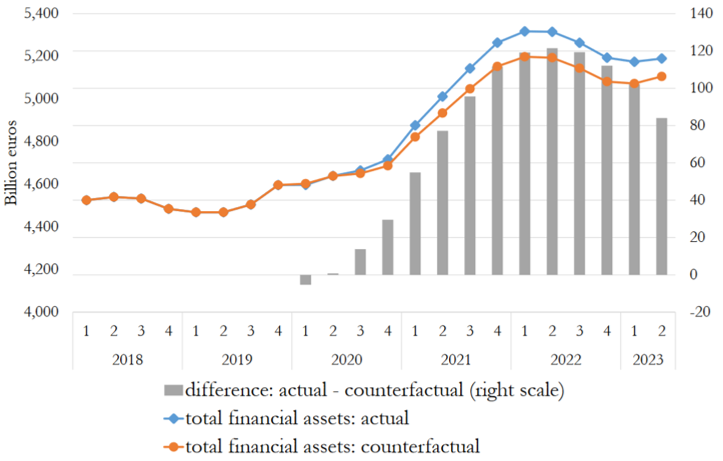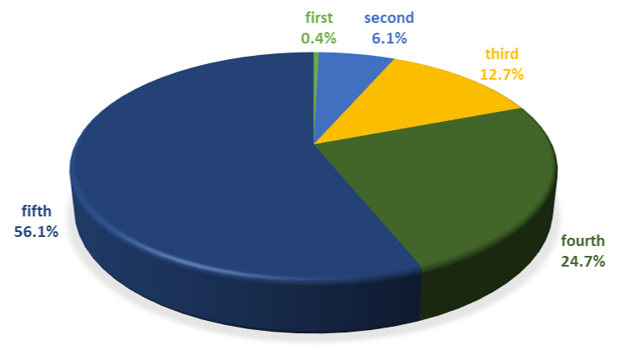References
Abdelrahman, Hamza and Luiz E. Oliveira (2023). “Excess No More? Dwindling Pandemic Savings.” SF Fed blog, San Francisco FED.
Aladangady, Aditya, David Cho, Laura Feiveson, and Eugenio Pinto (2022). “Excess Savings during the COVID-19 Pandemic.” FEDS notes, FED Board.
Battistini, Niccolò, Virgina Di Nino, and Johannes Gareis (2023). “The consumption impulse from pandemic savings – does the composition matter?” ECB Economic Bulletin Boxes 4.
De Soyres, Francois, Dylan Moore, and Julio Ortiz (2023). “Accumulated Savings During the Pandemic: An International Comparison with Historical Perspective.” FEDS notes, FED Board.
Infante, Luigi, David Loschiavo, Andrea Neri, Matteo Spuri, and Francesco Vercelli (2023). “The heterogeneous impact of inflation across the joint distribution of household income and wealth.” Questioni di Economia e Finanza (Occasional Papers) 738, Bank of Italy.








